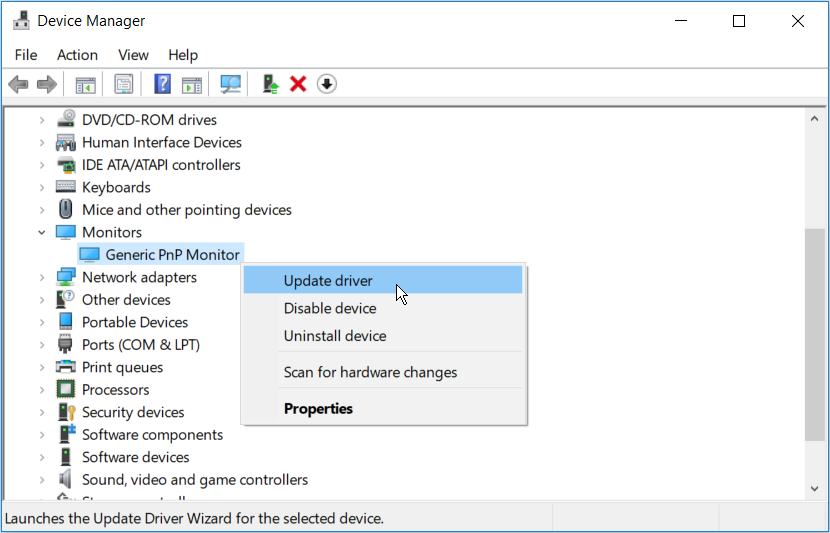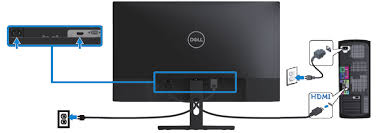
Before clicking on Next.I came across this problem from a customer who brought his computer to my attention.improve displays for generic non pnp monitor. If playback doesnt begin shortly, try restarting your device.
Drivers for VAIO / Sony started by Nautis.All of a sudden the computer loses the correct files for the monitor and it falls back on the Generic non Plug and Play monitor driver that only maxes out at 1024 x 768 resolution. I proceeded to uninstalled this driver and attempted for a restart to see whether if this was just a hiccup I believed Windows should be able to identify the correct driver for the monitor after the cycle. The method fails miserably and it looks as though there is something wrong with the monitor.I plugged it into another computer and not so surprised, the monitor works just fine at beautiful 1080p resolution. I also learned that this issue seems to occur on NVIDIA GTX video cards more often than Radeon.There are two solutions to this annoying problem.

Generic Pnp Monitor Vs Generic Non-Pnp Update If There
(as far as i'm allowed to do so)If you can connect PA238 and H19-1 models to your graphics card one by one without any problem, it is not necessary to search for the problem with the display driver or with the graphics card. So there is probably incompatible. And an converter adapter can solve your problem. Maybe there's something going on with the EDID, which in turn leads to some sort of default monitor, which then leads to some conflict between some windows magic and/or radeon default monitor stuff? As written before it works for a brief moment until the radeon software loads up, if i override the resolution with CRU before the restart.Also, i'll update if there's news/ideas from the ticket. Will do again when i get the chance.With 1xPA238 connected to DP and the H19-1 to DVI-D the H19-1 isn't even showing in MonInfo, but the radeon software lists it as "H19-1" in the display-section.So. Sadly i forgot to take a look at the device manager to see if the DVI-D is listed as Pnp or non PnP-monitor). 1xDP and 1xDVI-D works, but on the DVI-D-connected monitor the color- and pixelformat-information is missing in radeon software and MonInfo.
And this's probably why it doesn't work for you.Also you can try WIN+CTRL+SHIFT+B shortcut to reload firmwares of the monitor. I saw those who had problems because they did not use this shortcut.If you can connect PA238 and H19-1 models to your graphics card one by one without any problem, it is not necessary to search for the problem with the display driver or with the graphics card. So there is probably incompatible.Connecting only the H19-1 via DVI-D does not work. Multi monitor support has already come up with HDMI for me.Multi display support of graphics cards with single DVI support via DP or HDMI probably depends on GPU manufacturer and monitor firmware, I think. But I did not have a graphics card with two DVI-D outputs. There were single VGA outputs, VGA + DVI outputs, VGA + DVI + DVI-D outputs, DVI + DVI-D outputs. Existing types only have "one" port.Actually I changed too many graphics cards. Adapters look like that.If graphics cards with DVI(-D) support were produced for multi-display support, these graphics cards would be released with more than one DVI port. But in almost all of the newly released graphics cards, I could not see any DVI port.



 0 kommentar(er)
0 kommentar(er)
